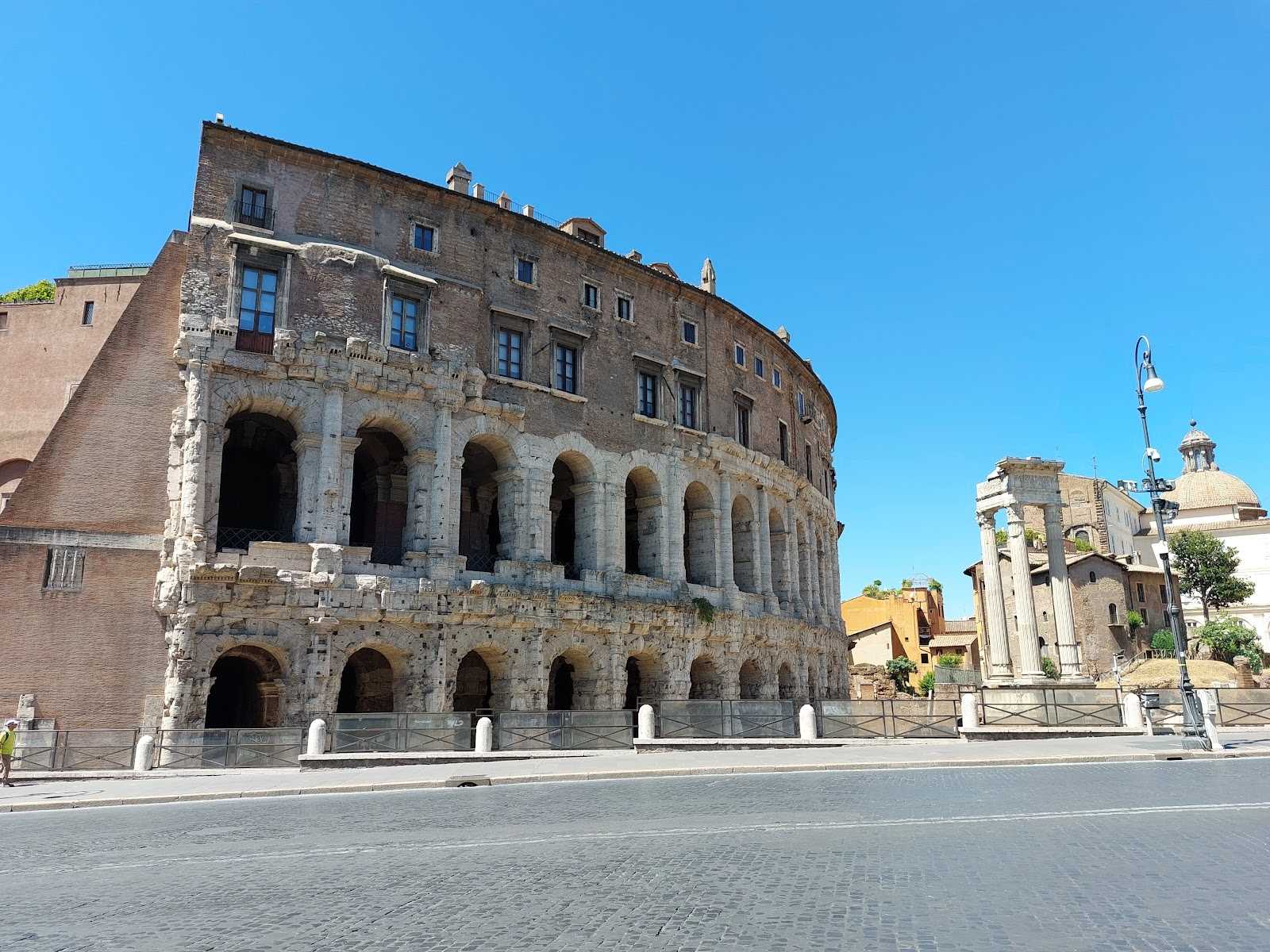Discovering the Teatro di Marcello: Rome’s Ancient Theater
Nestled in the heart of Rome, the Teatro di Marcello is a captivating relic of ancient history that often goes unnoticed by many visitors. This ancient theater, which predates the more famous Colosseum, offers a unique glimpse into the architectural and cultural achievements of the Roman Empire. Whether you’re a history enthusiast or simply curious about Rome’s rich past, the Teatro di Marcello is a must-see destination that promises to enrich your understanding of the Eternal City.
A Brief History of the Teatro di Marcello
The Teatro di Marcello was commissioned by Julius Caesar and completed by Emperor Augustus in 13 BC. Named after Augustus’s nephew, Marcus Claudius Marcellus, the theater was designed to host a variety of performances, including plays, musical events, and public gatherings. With a seating capacity of around 15,000 spectators, it was one of the largest theaters of its time.
The theater’s design is a testament to Roman engineering prowess. It features a semi-circular structure with tiered seating, allowing for excellent acoustics and visibility. The exterior is adorned with a series of arches and columns, showcasing the classical architectural style that Rome is renowned for. Over the centuries, the theater has undergone various transformations, including being repurposed as a fortress and later as a residential building. Despite these changes, much of its original grandeur remains intact, offering visitors a tangible connection to Rome’s ancient past.
Exploring the Teatro di Marcello Today
Visiting the Teatro di Marcello is a journey back in time. Located near the Jewish Ghetto and the Tiber River, the theater is easily accessible and can be explored as part of a leisurely stroll through Rome’s historic center. As you approach the site, you’ll be greeted by the impressive façade, which stands as a testament to the enduring legacy of Roman architecture.
While the interior of the theater is not open to the public, the exterior can be admired from various vantage points. The surrounding area is rich with history, featuring other ancient structures such as the Portico of Octavia and the Temple of Apollo Sosianus. These nearby sites provide additional context to the theater’s historical significance and offer a more comprehensive understanding of the area during ancient times.
For those interested in a deeper exploration, guided tours are available. These tours often include detailed explanations of the theater’s history, architecture, and its role in Roman society. Additionally, the nearby Museo di Roma offers exhibits that further illuminate the cultural and historical context of the Teatro di Marcello and its surroundings.
Practical Tips for Visiting
When planning your visit to the Teatro di Marcello, consider the following practical tips to enhance your experience:
- Timing: The theater is best visited during the early morning or late afternoon when the lighting is ideal for photography and the crowds are thinner. This allows for a more peaceful exploration of the site and its surroundings.
- Footwear: Wear comfortable shoes, as the area around the theater is cobblestoned and can be uneven. This will ensure you can explore the site and nearby attractions without discomfort.
- Nearby Attractions: Combine your visit with a tour of the nearby Jewish Ghetto, which offers a rich tapestry of history and culture. The area is home to charming streets, historic synagogues, and delicious Roman-Jewish cuisine.
- Photography: The theater’s exterior is a popular subject for photography, so bring a camera or smartphone to capture its architectural beauty. The play of light and shadow on the ancient stones creates stunning visual effects, especially during the golden hours of sunrise and sunset.
- Refreshments: After your visit, take a break at one of the local cafes or restaurants. Enjoy a coffee or a meal while reflecting on the history you’ve just experienced.
The Teatro di Marcello is more than just an ancient ruin; it’s a window into the vibrant cultural life of ancient Rome. By taking the time to explore this remarkable site, you’ll gain a deeper appreciation for the city’s rich history and the enduring legacy of its architectural achievements.
